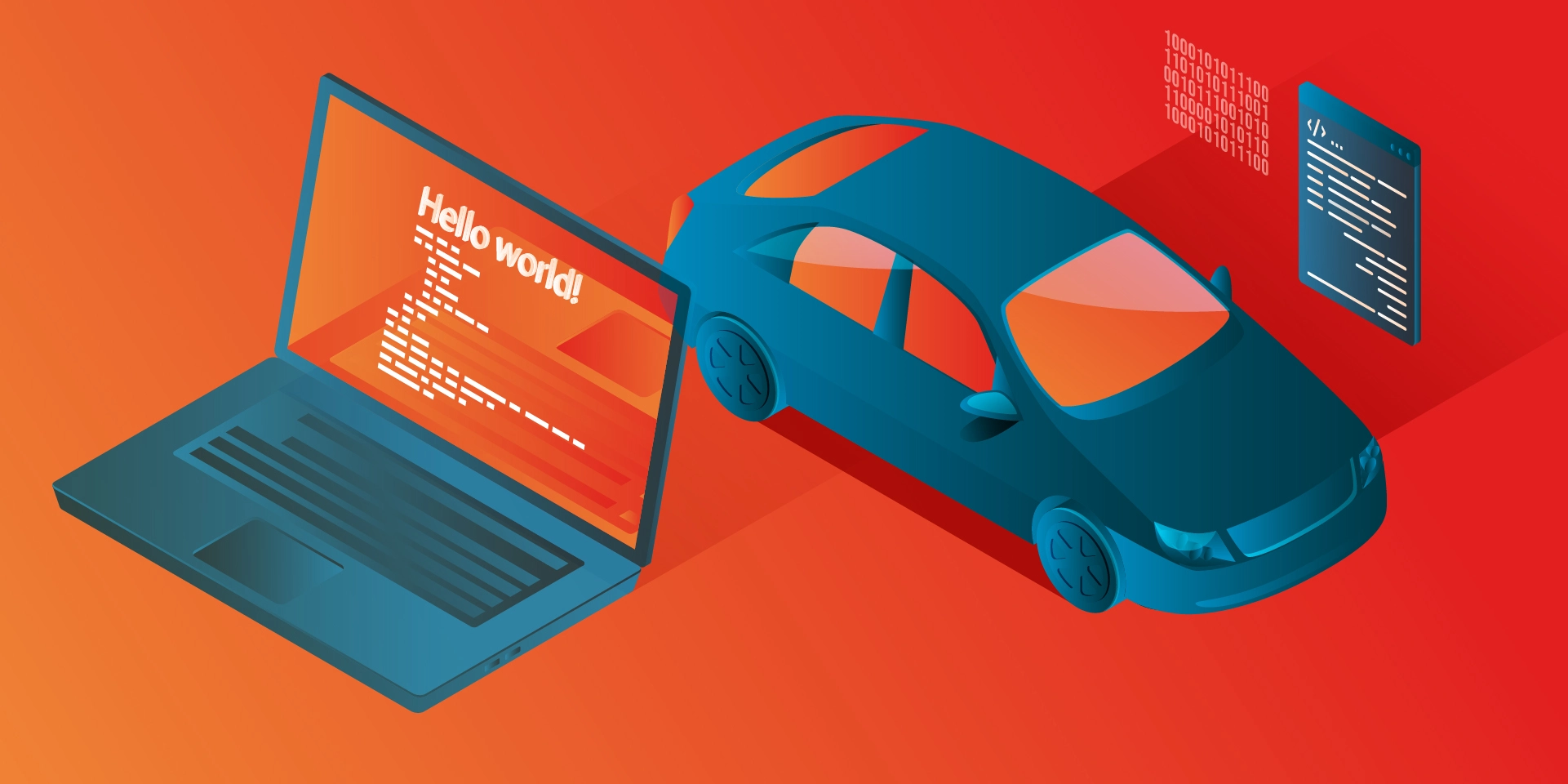Digital product development

Accelerate the development of new digital products. Tap into our expertise in cloud-native software development to create better digital products at a faster pace.
Digital product development services for your enterprise
Gain insights from experts who know how to build digital services within complex enterprise environments and constraints.

Cloud Architecture Design and Consulting
Before you deliver modern digital products to your customers, we help you start the journey to cloud-native with auditing owned infrastructure and designing the entire cloud architecture.
Greenfield Application Development
We guide you through the entire process of cloud app development beginning with scoping, designing, and building a strategy for the product. Based on these stages, you gain planned MVP, which is tested and developed to reach the final version.

Product Research and Development
Numerous business challenges can be tackled with well-conducted research. Our Innovation Lab is the driving force behind the development of cutting-edge solutions, enabling you to offer innovative products.
Brownfield Application Development
Developing brownfield projects means that we go through code audit, check once designed app, and continue development using existing technologies while applying agile methodology to optimize the project.
Product Support & Maintenance
Providing software is a continuous process. We support and maintain your products to stay ahead of the crowd and meet changing business demands, fostering lasting customer relationships.
Quality Assurance & Testing
Make your software quality a priority. We detect and tackle mistakes before releasing products to help you improve customer experience and gain competitive edge.
We help top enterprises build digital products







Connected Car Initiative: Revolutionizing Telematics through Consulting, Development, and Agile Transformation
Automotive

Building a Touchless Platform to Improve Customer Experience And Unlock New Revenue Streams
Automotive

Building a Scalable Fast Data Platform to Expand Digital Financial Services
Banking

Delivering Customer-Friendly Mobile App to Enable Data-Driven Business Development
Insurance

Transforming Car Rental Management with Real-Time Telematics Data
Automotive

Prototyping the Future Automotive Cloud
Automotive

Increasing Operational Availability with a Cutting-edge Offer Management System
Automotive

Seamless Integration of Modern Payment Solutions Tailored to the Client’s Needs
Automotive
Want to learn more about cutting-edge software development?

Developing Software for Connected Cars – Common Challenges and How to Tackle Them
Read the article

AAOS Hello World: How to Build Your First App for Android Automotive OS
Read the article
go to Insights
Contact us, if you need help with digital product development
What should you know about cloud-native app development?
What is cloud-native app development and how does it differ from traditional app development?

Cloud-native app development is an approach to building applications specifically designed to run and thrive in cloud environments. It differs from traditional app development in that it leverages cloud-native principles and technologies, such as containerization, microservices architecture, and dynamic orchestration, to achieve greater scalability, agility, and resilience. Cloud-native apps are built with the cloud as their primary deployment platform, allowing them to fully harness the benefits of cloud computing.
What are the advantages of developing cloud-native applications?

The advantages of developing cloud-native applications are manifold. Firstly, cloud-native apps offer enhanced scalability, allowing them to handle varying workloads and accommodate growth seamlessly. They are highly resilient, with built-in fault tolerance and self-healing capabilities, ensuring high availability and reliability. Cloud-native apps also promote agility, enabling rapid development, deployment, and updates. They facilitate efficient resource utilization, cost optimization, and the ability to leverage cloud services for increased functionality. Additionally, they encourage a modular and decoupled architecture, fostering improved maintainability and scalability.
What technologies and frameworks are commonly used in cloud-native app development?

Several technologies and frameworks are commonly used in cloud-native app development. Containers, such as Docker, are utilized for packaging and isolating application components. Container orchestration platforms like Kubernetes provide automated management, scaling, and deployment of containers. Service mesh frameworks like Istio offer features for traffic management, security, and observability in microservices architectures. Continuous integration and delivery (CI/CD) pipelines, along with infrastructure-as-code tools like Terraform, assist in automating deployment and infrastructure provisioning.
What considerations should be made when migrating existing applications to a cloud-native architecture?

When migrating existing applications to a cloud-native architecture, several considerations should be made. It’s important to assess the compatibility of the application with cloud-native technologies and identify any dependencies or modifications required. The application should be decomposed into microservices or modular components to leverage the benefits of scalability and flexibility. Proper data management and migration strategies need to be devised, and security, monitoring, and observability measures should be implemented to ensure a seamless transition.
How does cloud-native app development impact scalability and resilience of applications?

Cloud-native app development greatly impacts the scalability and resilience of applications. By adopting cloud-native principles and technologies, applications can dynamically scale horizontally to handle increased traffic and demand. They can leverage container orchestration platforms to automatically scale resources based on workload fluctuations. Additionally, cloud-native apps are designed to be resilient, with features like self-healing, load balancing, and automated failover, ensuring high availability and fault tolerance. The combination of scalability and resilience empowers applications to handle unpredictable loads and maintain a consistent user experience, even in the face of failures or disruptions.
